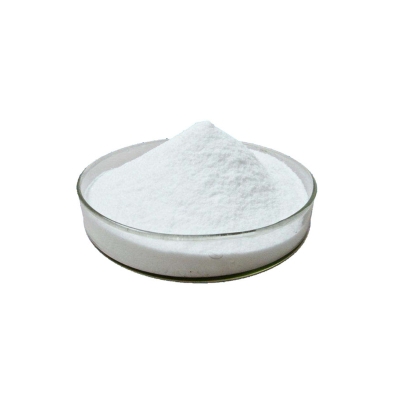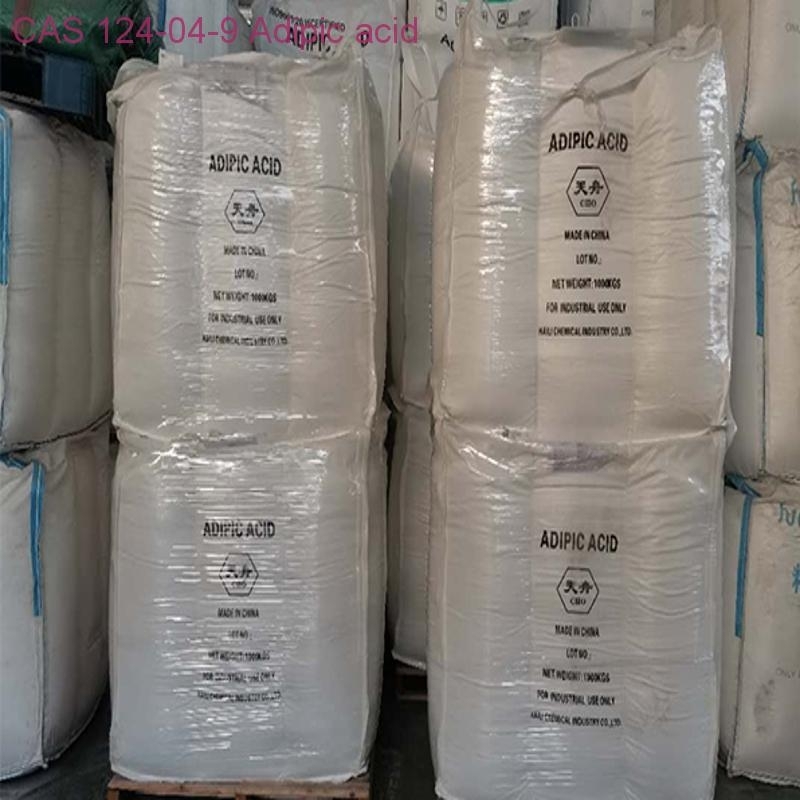-
Categories
-
Pharmaceutical Intermediates
-
Active Pharmaceutical Ingredients
-
Food Additives
- Industrial Coatings
- Agrochemicals
- Dyes and Pigments
- Surfactant
- Flavors and Fragrances
- Chemical Reagents
- Catalyst and Auxiliary
- Natural Products
- Inorganic Chemistry
-
Organic Chemistry
-
Biochemical Engineering
- Analytical Chemistry
-
Cosmetic Ingredient
- Water Treatment Chemical
-
Pharmaceutical Intermediates
Promotion
ECHEMI Mall
Wholesale
Weekly Price
Exhibition
News
-
Trade Service
Original Title: An Exploration of Pet Nutrition Trends: Supplements, Cognitive Function, Anti-Aging
01
01Good for people, good for pets
Good for people, good for petsNicole Hill, Executive Director of Strategy at MarketPlace, discusses cross-trends between human supplements and pet supplements
"A lot of what we're seeing in the pet space today is actually about longevity, not just to prolong life, but to improve quality of life," Hill said
Hill shared survey data from 506 U.
Overall, 43% of pet owners surveyed are looking for natural products for themselves and their pets, 35% associate quality with "Made in the USA" product claims, and 54% say pet nutrition products must be made by Made with human-grade ingredients
The field of pet supplements is expanding to include a broad range of functional health claims, whether they target specific areas of concern or provide comprehensive health support, similar to multivitamins
Image source: Marketplace
She said: “What we’re seeing is that while joint health and skin and fur health have long been quantitative drivers for the pet category in terms of the functional benefits that people are looking for, it’s
Data shows that 45% of pet owners who supplement their pets weekly are looking for specific ingredients, while 37% are looking for branded ingredients
With a variety of supplement forms on the market today, Hill shared that the majority of pet owners (38%) prefer soft chews as a means of supplementation, calling the form "the jelly of the pet space," while 22% People like treats, another 22% like food ingredients, and 19% like to buy dry pet food with added supplements
02
02brain cognition
brain cognitionJoli Jarboe, DVM, DACVIM, senior veterinary neurologist and neurosurgeon at the Bush Veterinary Neurology Service in Atlanta, discusses how nutrition is linked to cognitive health and development in the next phase
Much of the brain's development occurs in the first year of life, including the development of enhanced memory and learning
As a dog or cat continues to grow mid-life, antioxidant support and immune support must be provided through nutrition to slow down oxidation, which can lead to cell death and dysfunction
In the "twilight years," or when pets age, this fight against oxidation becomes even more critical
Among the long list of essential nutrients, Jarboe points to two vitamins, small amounts of essential fatty acids and a range of co-nutrients that are essential for cognitive development and maintenance
"Some good sources of vitamin E are green leafy vegetables, [as well as] vegetable oils such as safflower, sunflower and soybean oils, eggs, salmon, avocado and even trout," Jarboe
B vitamins, such as thiamine (B1), riboflavin (B2), niacin (B3), pantothenic acid (B5), and a range of other vitamins, can also directly or indirectly affect cognition
The omega-3 fatty acids provide docosahexaenoic acid (DHA), which is essential for brain and vision development and can act as a "neuroprotective," Jarboe said
Auxiliary nutrients for pet cognitive health include taurine, vitamins A, B12, choline and L-carnitine
.
It's also important to note that what happens in the gut can affect the cognitive health of animals
.
For example, Jarboe said, stress can have an impact on gut health, which can lead to changes in behavior and immune system function that can be detrimental to the brain
.
"The gut-brain axis is critical, and again we found that the two-way communication highway between the gastrointestinal tract and the brain is critical for most of our body's functions," Jarboe said
.
03
03golden years
golden yearsAccording to market research firm Packaged Facts, more than half of dog households in the U.
S.
now have dogs over the age of seven, as do households with cats
.
As the number of older pets increases, the question arises: How can nutrition play a more active role in longevity?
By optimizing gut health and preventing oxidation, minerals can play a key role in supporting longevity, explains Laurentia van Rensburg, Technical Minerals Manager at Alltech
.
"As we age, we see these physical changes, and one of the important changes is that we actually see a weakening of the immune system," Van Rensburg said.
"
For nutritionists, veterinarians and pet owners, anything that can optimize Immunity measures for older pets will help improve quality of life
.
"
She explained that the progressive deterioration of the immune system associated with aging is known as "immunosenescence," which leads to increased susceptibility to infection, disease and inflammation
.
The effects of oxidative stress are associated with a variety of diseases and cognitive decline in aged animals
.
To slow this process, antioxidants can be added to the diet to prevent free radicals from building up in the body, addressing cell and tissue damage that leads to inflammation
.
Dietary antioxidants, including vitamins and trace minerals, work together to optimize immune response, slow oxidation and reduce inflammation
.
Immunosenescence also reduces nutrient absorption efficiency and microbiota health, so it is critical that dietary supplementation of minerals is highly bioavailable
.
"About 70 percent of an animal's immune system functions through the gut tissue, so any impairment or reduction in gut integrity will directly affect nutrient absorption," Van Rensburg said
.
Prebiotics, probiotics and amino acids help support nutrient absorption in the gut
.
Trace minerals also play an important role here, but the type and form of the mineral determines its bioavailability
.
The bioavailability of inorganic trace minerals such as oxides, sulfates and chlorides is lower than that of organic trace minerals such as chelates, proteins and polysaccharides
.
For example, the excretion rate of inorganic minerals is high compared to organic trace minerals, which means that the organic form is better retained in the intestinal tissue
.
"The form or source of trace minerals can have a large impact on nutrient interactions, or even mineral-to-mineral or mineral-to-vitamin interactions," Van Rensburg
said
.
Taking these factors into account, Van Rensburg points out that developing pet diets from a holistic perspective can not only treat immune aging in older animals, but also act as a preventive measure to ensure longevity
.
"As an industry, we have two big opportunities, " she concluded
.
"Gut health has received a lot of attention
.
It is fundamental to maximizing nutrient absorption
.
We must strive not only to develop a healthy gut, but also to maintain a healthy gut from the developmental stage to older animals
.
Anyone with Nutritional strategies that help reduce or manage oxidative stress will all help reduce pro-inflammatory responses
.
We will never be able to prevent all disease, but we can actually prolong disease onset, which will improve quality of life
.
"
Source: PIIS
Editor:







